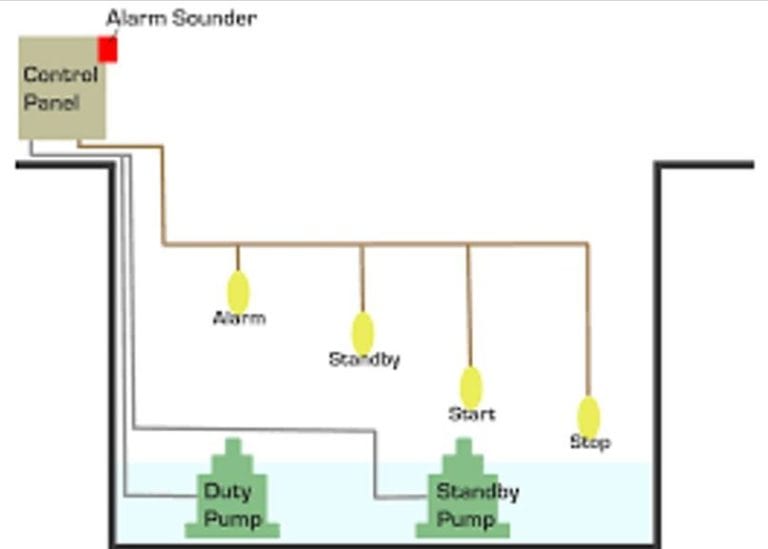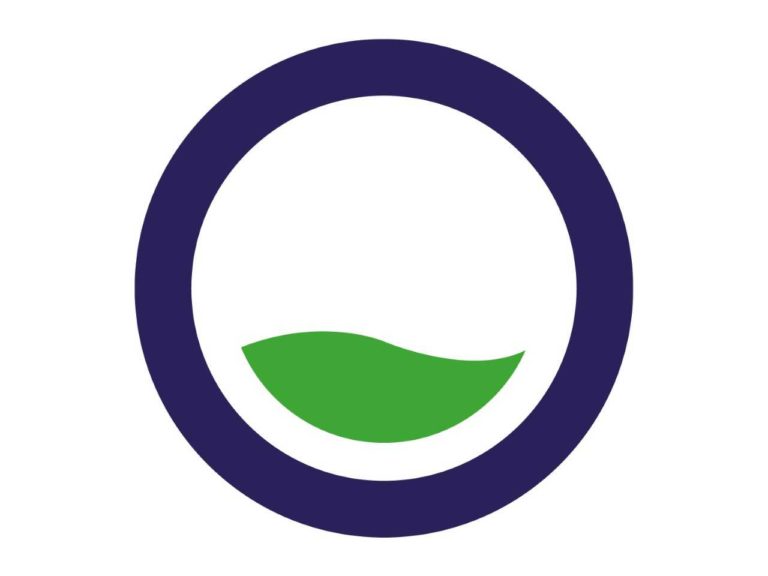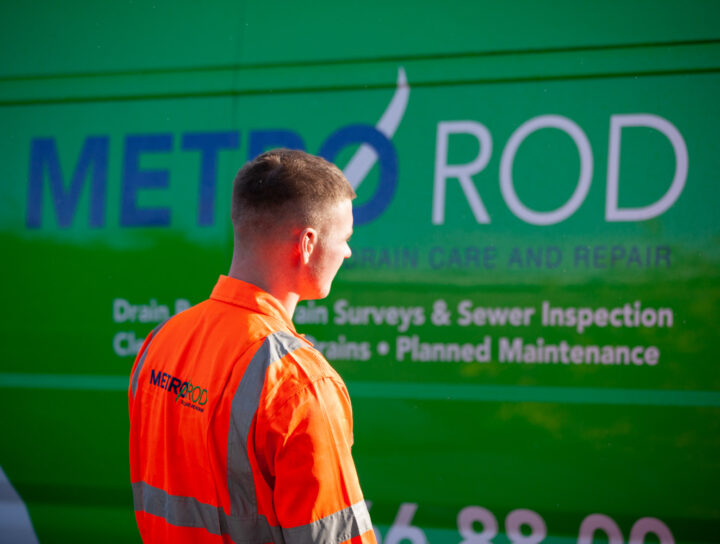Pump it, Pump it Pump it up!!
At the heart of every strong framework is an unyielding infrastructure that keeps all the other components ticking over; continuously pumping never skipping a beat, without which the entire system would crumble, much like our own heartbeat. Drainage systems are scarily similar in fact, the pipes working like veins under the ground moving everything to the correct destination, ending at the pump chamber. When this pump chamber stops working so does everything else that it connects to, without the pumps operating fully or sometimes not working at all, the system begins to back up and clog, ultimately causing everything connected to the system not to be able to flow and to cease working effectively. Meaning that what you may think is simple blocked toilet or drain could very likely be a far bigger issues caused by something miles down the road that you weren't even aware of.
So many pumps so little time!
You don't see them and like any other drainage you aren't aware they are there until they stop working; but there are pump stations everywhere ranging from the large heavy duty ones found in factories, prisons and large developments to the smaller ones that keep the little country villages pumping along. and there are lots of different types the three main ones being:
- Vortex pumps
- Macerator pumps
- Submersible pump
Essentially they all do the same thing by keeping the water system flowing, just in slightly different ways, utilising lots of different technologies in an effort to ensure they keep running. The main one you will find in drainage though is a submersible pump system, usually situated inside an underground chamber.
Submersible Pump: How? What? Why? Where?
A submersible pump is a device which has a hermetically sealed motor close coupled to the pump body. the whole assembly is submerged in the fluid that is to be pumped. They are mounted on two vertical guide rails and seal onto a permanently fixed 'duck foot'. Differing from jet pumps in that, instead of pulling fluid they push it to the surface, which is often automatically operated via float switches which sense the surrounding water level and operate the pump at a pre-set level. These floats connect to an electrical system which is on the surface, this system includes an Alarm system which will go off when the water reaches to high a level.
Submersible pumps can be found everywhere, most commonly in pub cellars, car parks or industrial units. and mainly situated underground in a Pump Chamber.

What do they do?
Pumps play an important part in the flow or sewage; they ensure the continuing flow of our drainage systems and ensure that the drains remain free flowing empty and able to take sewage along to the treatment plants at the end of the system.. All pumps station will pump to a point of discharge whether that be sewage treatment works or a main gravity fed sewer in all cases the discharge pipe from the pumping station is called a rising main.
What causes a pump chamber to stop?
Here at Metro Rod we come across ineffective pumps continuously, this can be caused by a range of problems.
- Float switch failure- covered in fat and grease causing them to not register, becoming stuck or trapped ect.
- Debris blocking filter or impeller
- Pump burn out
- Bearing failure- (an early sign is usually excessive noise from the chamber )
- Continually running
- Blockages caused by wet wipes, sanitary item or other bizarre things that shouldn't be in the sewer system.
- Electrical failure
Most of these problems are due to the items that enter the drainage systems, and can be solved by regular maintenance, which will in the worst case, at least identify if anything electrical or mechanical is wearing or breaking down. We can assist with not only the maintenance but also pump repair and replacement. Call us now for a free of charge site visit and quote and see what we can do for you.
Call : 01472859895
E-mail: [email protected]

Talk to your local Metro Rod specialist
We are always happy to arrange a free site assessment and no obligation quotations for any work you might need. Alternatively, you can call our emergency hotline number on 0800 66 88 00
Get in touch Drainage Services
